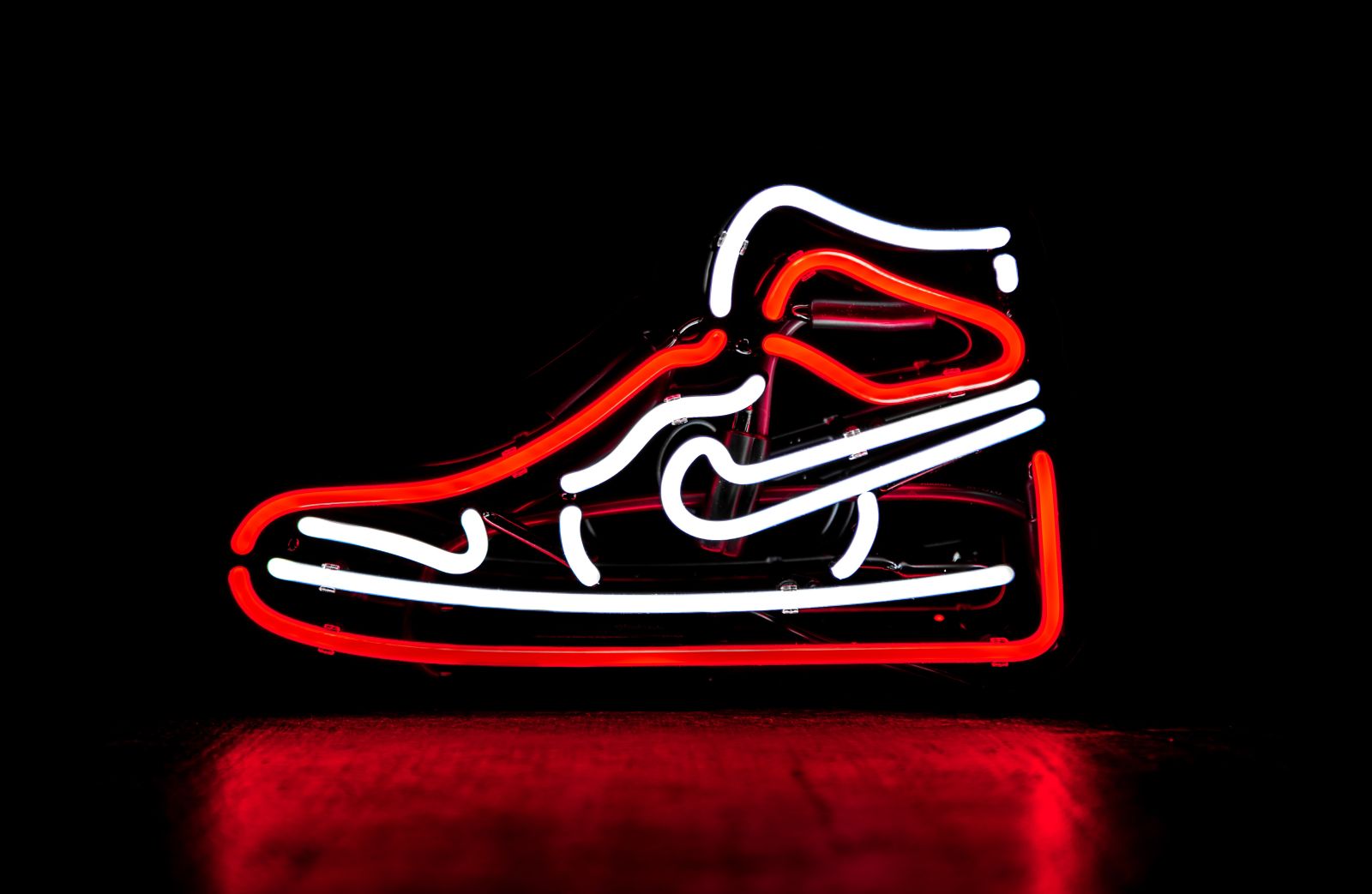
Although I'm a big fan of sporting-related businesses, especially publicly traded ones, I don't follow the sports business as much as I used to.
Sure, I’ve read Phil Knight’s Shoe Dog memoir about starting Nike (NKE). If you haven’t read it and don’t mind memoirs, you should. It’s probably the best business book I’ve read in the past decade. But I digress.
I read a Dec. 4 article from Front Office Sports reporting on the possibility of Tiger Woods ending his Nike business relationship after he and his son Charlie compete at the PNC Championship in Florida between Dec. 14 and Dec. 17.
Woods has worn the Nike Swoosh since 1996. Moving on from Nike after 27 years is a big deal. Or is it?
Here are my two cents on the subject.
All Relationships Come to an End
Tiger Woods' relationship with Nike began when the world's best golfer was 20. Many marriages don't last 27 years, so it's unrealistic to think a business relationship would last this long.
Both parties have benefited from the relationship.
Piecing together various news reports over the years, Woods signed contracts in 1996 (five years, $40 million), 2001 (five-year extension, $100 million), 2006 (seven years, $140 million, and 2013 (seven years, $200 million). That takes us to $480 million in 2020.
It’s unknown what the current contract looks like. However, he’s only played in approximately eight tournaments since 2020. I doubt he made $20 million per year like his old contracts. Let’s go with $10 million per year. That’s another $40 million for $520 million over 27 years, an average of $19.25 million annually.
Not too shabby.
Add in an estimated $120 million in tournament purses, other endorsements, plus his various business endeavors, and it’s easy to see why he’s thought to be a billionaire.
As for Nike, it hasn’t made golf equipment since 2016. Tiger moved to TaylorMade, which South Korean private equity firm KPS Partners owns. According to the Front Office Sports report, Woods has been seen wearing Footjoy golf shoes. They’re owned by Acushnet Holdings (GOLF).
So, for the last seven years, Nike has only been generating revenue from golf apparel.
According to its fiscal 2016 10-K (May year-end), it made $706 million in golf revenue. In the two years prior, it earned $769 million in 2015 and $788 million in 2014. By 2017, they were down to $579 million. The following year, they were lumped in with all the other categories that were not big enough to get their own line item.
So, I guess that fiscal 2013 was the height of Nike Golf's revenue at $791 million.
It’s fair to say that the relationship brought non-golfers to Nike for apparel purchases. Let’s give it a multiplier of 10x for nearly $8 billion in annual revenue from the association.
Based on its 2021 operating margin of 15.8% (its best since 2009), we’re talking about $1.26 billion in annual operating profits. Multiply that by 27 years (far too liberal an estimate), and we get $34.1 billion in operating earnings over the life of their relationship.
It Pales in Comparison to Michael Jordan
In fiscal 2023, the Jordan Brand generated $6.59 billion in wholesale revenue, 29% higher than a year earlier and 38% higher than $4.78 billion in 2021. The Jordan Brand accounts for 16% of its wholesale revenue, including internal sales to Nike Direct.
Conservatively, that’s 13 times any revenue from Nike Golf.
So, how much additional revenue does Nike generate from its association with Michael Jordan?
My guess, if you’ve seen the movie, is plenty. Using the same multiplier of 10x as used for Tiger Woods, we’re looking at $65.9 billion, more than Nike’s revenue of $51.2 billion in fiscal 2023.
So, that tells me the multiplier for Tiger Woods can’t possibly be 10x its golf revenue.
Assuming the association with both athletes helps generate 5x their respective business’s revenue, Michael Jordan contributed $33 billion directly and indirectly from his association in 2023. Tiger Woods might have helped deliver $4 billion in revenue to Nike in the past year.
From where I sit, unless I’m missing something, there is no question the loss of Michael Jordan would be a far more significant blow to Nike than Tiger Woods.
That’s not to say the company shouldn’t be concerned when athletes leave the fold. However, except for Michael Jordan, no other athlete in Nike’s history has been able to drive revenue in a meaningful way.
Nike stock has underperformed rival Lululemon (LULU) by five-fold over the past five years, which has led some analysts to suggest investors jump from LULU over to Nike to ride each stock’s regression to the mean.
If you’re a long-time Nike shareholder, this is a far more critical concern than Tiger ending his 27-year run with the company. It's water under the bridge.
On the date of publication, Will Ashworth did not have (either directly or indirectly) positions in any of the securities mentioned in this article. All information and data in this article is solely for informational purposes. For more information please view the Barchart Disclosure Policy here.







